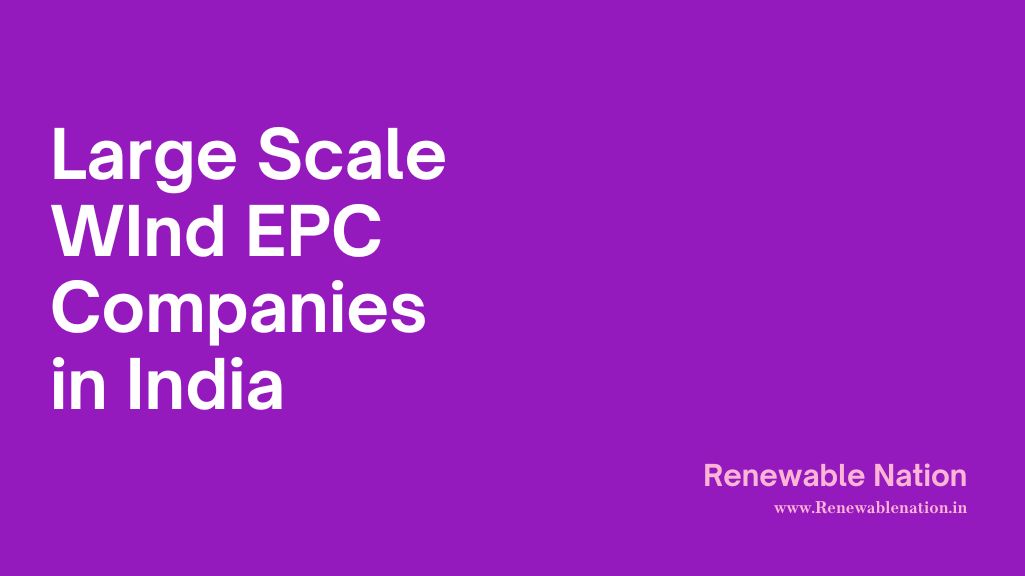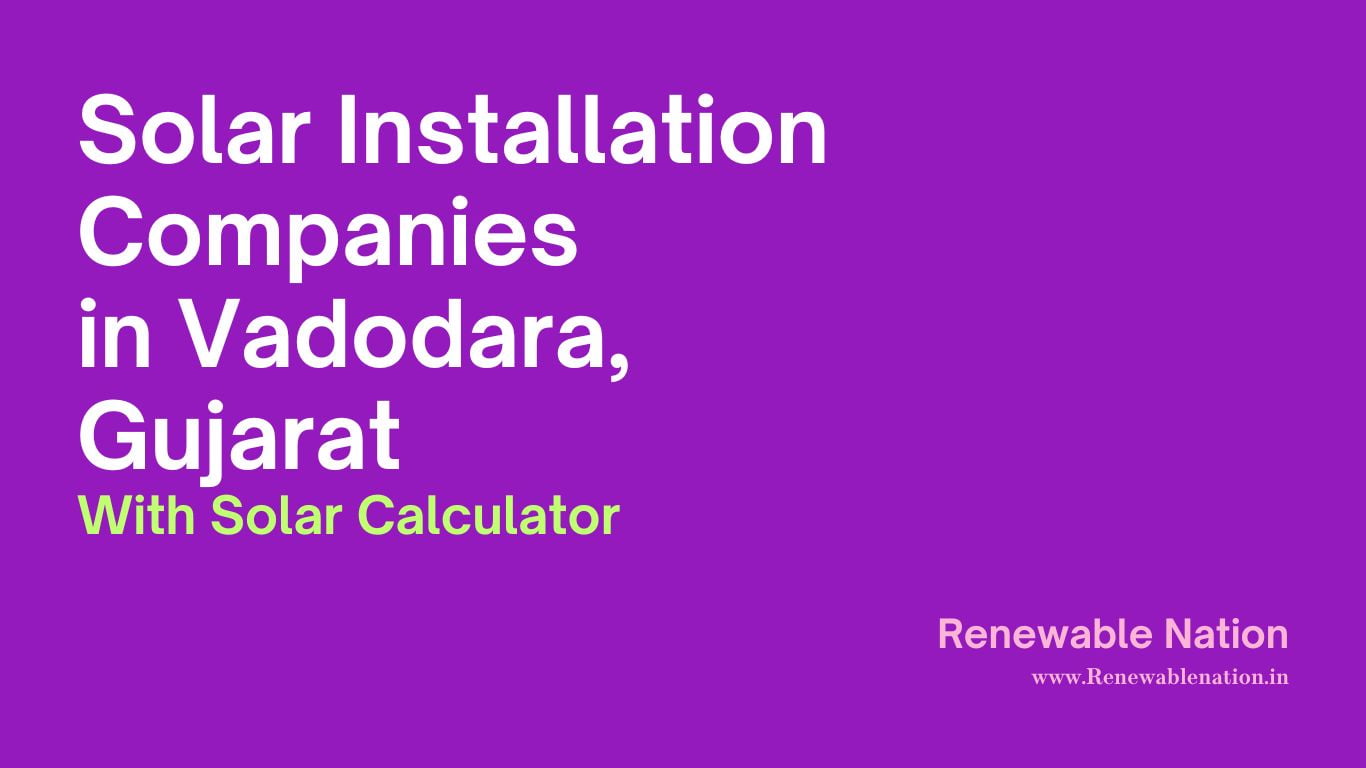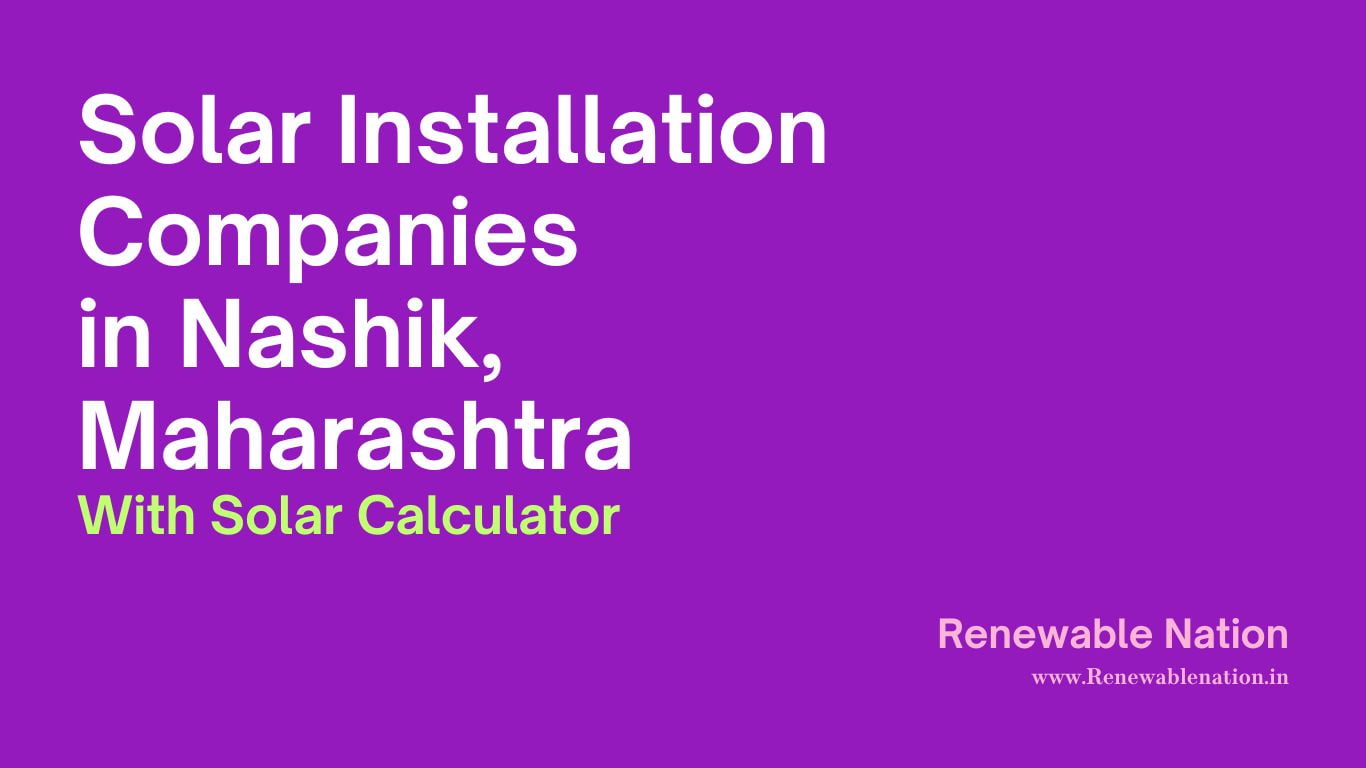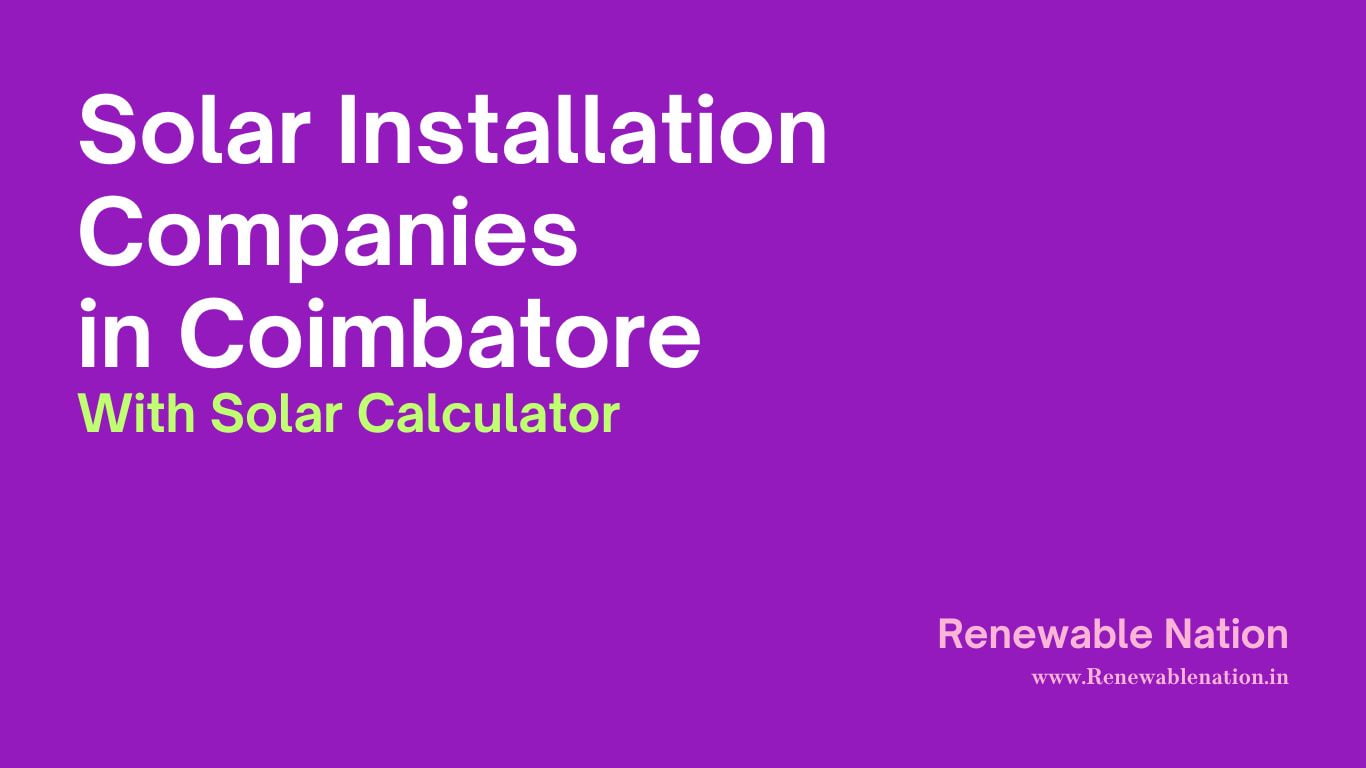Introduction
Green Energy Open Access in India refers to the framework that allows consumers who require a power supply of more than 1 MW to buy electricity from renewable sources directly from energy generators or through energy exchanges. This system is pivotal for promoting the use of renewable energy and facilitating a more sustainable and decentralized model of energy distribution in India. Here’s a breakdown of how Green Energy Open Access works and its implications for the electricity sector.
How Green Energy Open Access Works
- Eligibility and Regulations: Open access is available primarily to commercial and industrial consumers who have a large electricity demand. The policy is regulated by both the Central Electricity Regulatory Commission (CERC) and the respective State Electricity Regulatory Commissions (SERCs). The regulations and charges related to open access can vary significantly from state to state.
- Sourcing Renewable Energy: Consumers can purchase renewable energy from wind, solar, biomass, or hydropower producers. This can be done directly from a generator located in the same state (intra-state) or from other states (inter-state). Transactions are facilitated through bilateral contracts or through trading on energy exchanges.
- Charges and Tariffs: Open access consumers are subject to several charges, which may include a cross-subsidy surcharge (to compensate the utility for the subsidy given to other consumers), transmission charges, wheeling charges (for using the local distribution network), and additional surcharges depending on the state policies.
- Renewable Energy Certificates (RECs): If the direct purchase of green energy is not feasible, consumers can also meet their renewable purchase obligations by buying RECs. RECs represent the environmental attributes of the power produced from renewable energy sources and can be traded separately from the physical electricity.
Benefits of Green Energy Open Access
- Cost-Effectiveness: For many large consumers, open access provides a cost-competitive alternative to conventional power, often at lower rates than the grid supply, especially when factoring in the decreasing costs of renewable energy production.
- Energy Security and Independence: It allows consumers to choose their power suppliers, enhancing their control over energy costs and supply security. This is particularly appealing for industries whose operations are sensitive to power supply quality and price volatility.
- Supports Sustainability Goals: By enabling more consumers to switch to renewable energy, open access accelerates the country’s shift towards sustainable energy practices and helps in achieving climate goals.
- Promotes Competition and Efficiency: It introduces competition among power producers, encouraging efficiency and innovation in the power sector.
Challenges and Considerations
- Regulatory Hurdles: One of the biggest challenges is navigating the varied and evolving regulatory landscape across different states. The inconsistency in charges and policies can complicate the process for consumers looking to switch to open access.
- Infrastructure and Grid Stability: Integrating a large amount of renewable energy, which is often intermittent, poses challenges for grid stability and requires adequate infrastructure, such as energy storage systems.
- Disparity in Access: Since the system benefits primarily large consumers, there is a disparity in access to cheaper and cleaner energy sources, with smaller consumers often left dependent on more expensive and less sustainable options.
1. Renewable Energy Purchase Agreements
Renewable Energy Purchase Agreements (REPAs) are contractual arrangements that facilitate the procurement of green power by consumers directly from renewable energy producers under the Green Energy Open Access system in India. These agreements allow large-scale consumers, usually those requiring over 1 MW, to secure a predictable and often competitively priced energy supply while contributing to their sustainability goals. REPAs not only help stabilize energy costs but also ensure compliance with Renewable Purchase Obligations (RPOs) mandated by state and central regulations. By enabling direct transactions between renewable generators and end-users, REPAs significantly drive the adoption of renewable energy across various sectors, promoting a cleaner and more resilient energy grid.
2. Cross-Subsidy Surcharge in Open Access
The cross-subsidy surcharge is a key financial component in the framework of Green Energy Open Access in India, intended to balance the cost disparity caused when large consumers switch to cheaper renewable sources. This surcharge compensates the utility for the subsidy provided to residential and agricultural consumers, maintaining financial equilibrium within the energy sector. The amount of the cross-subsidy surcharge varies by state, influenced by the local energy market and regulatory decisions. Understanding this charge is crucial for businesses assessing the cost-effectiveness of switching to green energy under open access, as it impacts the overall savings achieved through direct renewable energy sourcing.
3. Open Access Solar Transactions
Open Access Solar Transactions enable large electricity consumers in India to buy solar energy directly from producers, bypassing the traditional utility framework. This mechanism is critical for fostering a competitive energy market and facilitating the growth of solar power generation. Consumers benefit from reduced energy costs and enhanced supply reliability, while producers gain direct access to a broader market. These transactions are governed by regulations that ensure fairness and transparency in pricing, distribution, and the use of grid infrastructure. As solar capacity expands, Open Access Solar Transactions are set to play a pivotal role in achieving India’s ambitious renewable energy targets.
4. Direct Renewable Energy Sourcing
Direct Renewable Energy Sourcing under Green Energy Open Access allows large consumers in India to procure energy directly from renewable sources. This model bypasses conventional utility channels, offering businesses greater control over their energy mix and costs. Direct sourcing is particularly attractive to corporations committed to achieving sustainability targets and reducing greenhouse gas emissions. By investing in renewable energy, companies not only benefit from cost savings over time but also contribute to the national goal of increasing renewable energy use, thereby supporting the transition towards a low-carbon economy.
5. Renewable Purchase Obligations (RPO) Compliance
Renewable Purchase Obligations (RPOs) are a regulatory mechanism in India designed to increase the uptake of renewable energy by mandating that a certain percentage of a company’s electricity consumption must be sourced from renewable energy. Compliance with RPOs is critical for companies under the Green Energy Open Access system, as it ensures that the growth in energy demand is balanced with increased renewable energy production. Failing to meet RPO requirements can result in penalties. Companies can fulfill their RPOs by producing renewable energy onsite, purchasing it through open access, or buying Renewable Energy Certificates (RECs).
6. Decentralized Energy Distribution
Decentralized Energy Distribution refers to the local generation and consumption of energy, minimizing reliance on large centralized power plants and extensive transmission networks. In India, Green Energy Open Access facilitates this model by allowing consumers to source electricity directly from nearby renewable energy producers. This approach enhances energy security, reduces transmission losses, and supports local economies. Decentralized systems are especially advantageous in rural or remote areas, where extending the central grid is economically or logistically challenging. The adoption of decentralized energy systems is seen as a step towards a more sustainable and resilient energy future.
7. Open Access Renewable Energy Charges in India
Open Access Renewable Energy Charges are fees associated with using the national grid to transport electricity from renewable sources to consumers under the Green Energy Open Access scheme in India. These charges include transmission fees, wheeling charges, and sometimes additional surcharges, depending on the state’s regulatory framework. Understanding these charges is crucial for companies considering open access as they impact the overall cost savings from switching to renewable energy. Proper assessment of these charges helps businesses make informed decisions about their energy sourcing strategies, balancing cost, sustainability, and regulatory compliance.
Conclusion
Green Energy Open Access is a crucial policy tool in India’s energy sector, driving the adoption of renewable energy among large power consumers. While it offers significant benefits in terms of sustainability and cost savings, the success of open access depends on addressing regulatory challenges and ensuring equitable access to green energy across all consumer segments. By fostering a competitive market and incentivizing renewable energy uptake, Green Energy Open Access can play a pivotal role in transforming India’s energy landscape.










